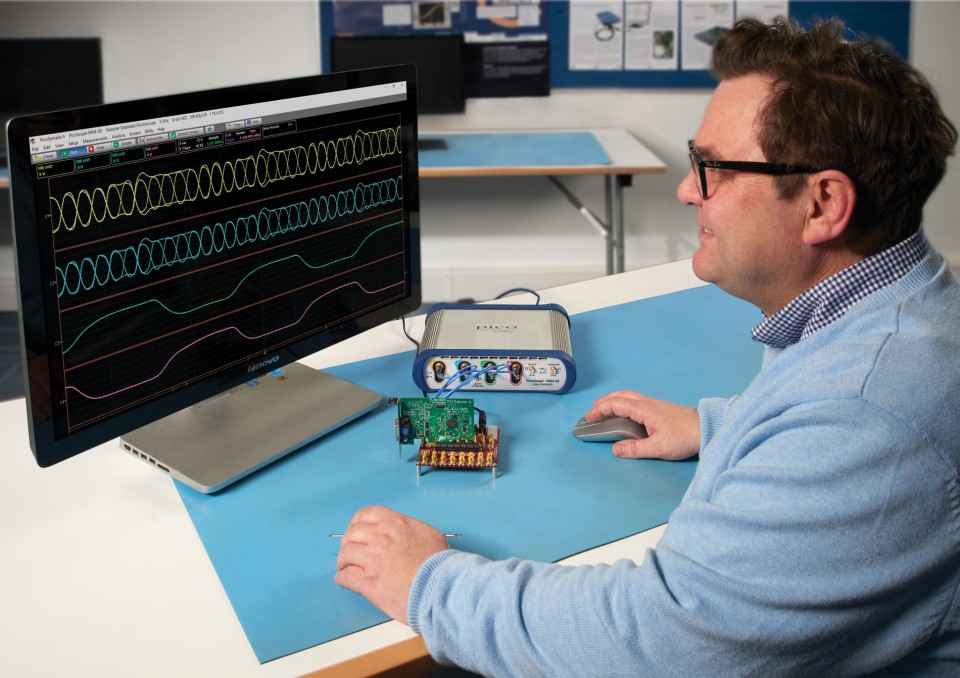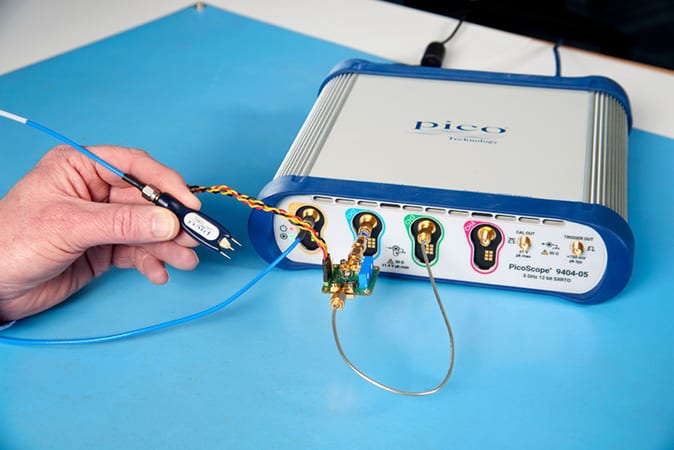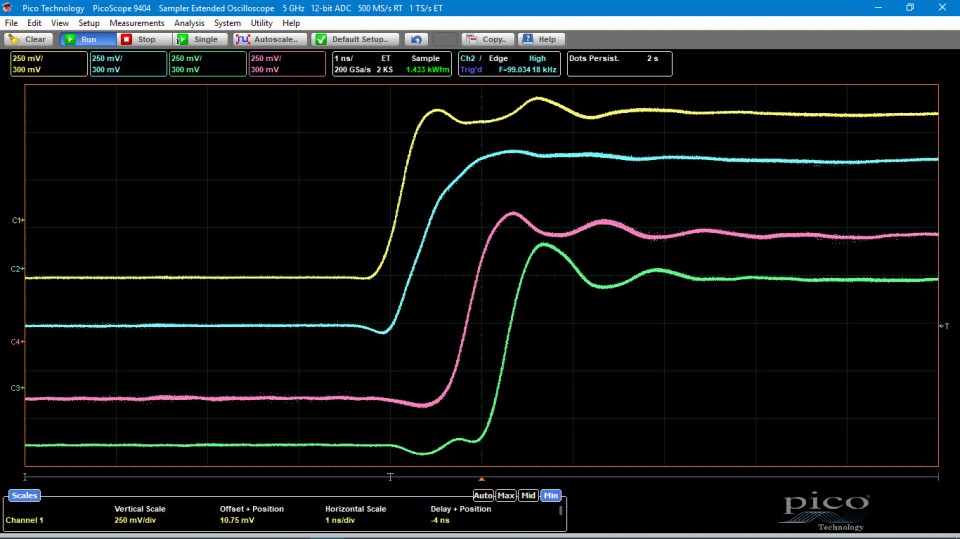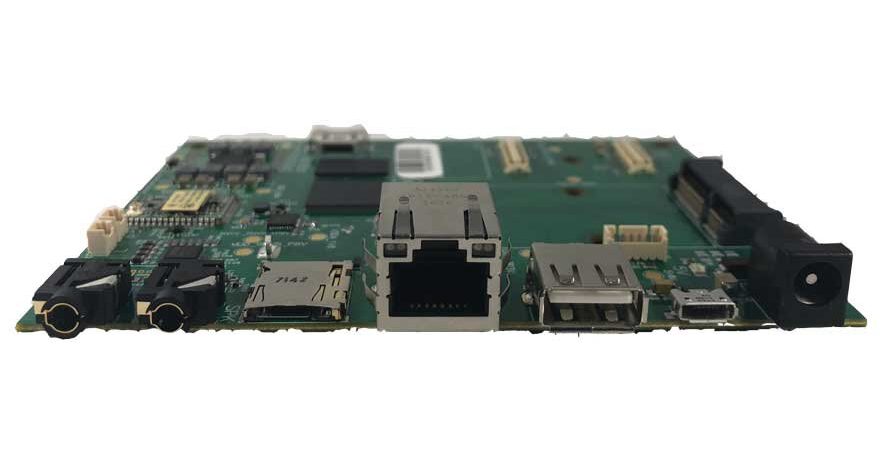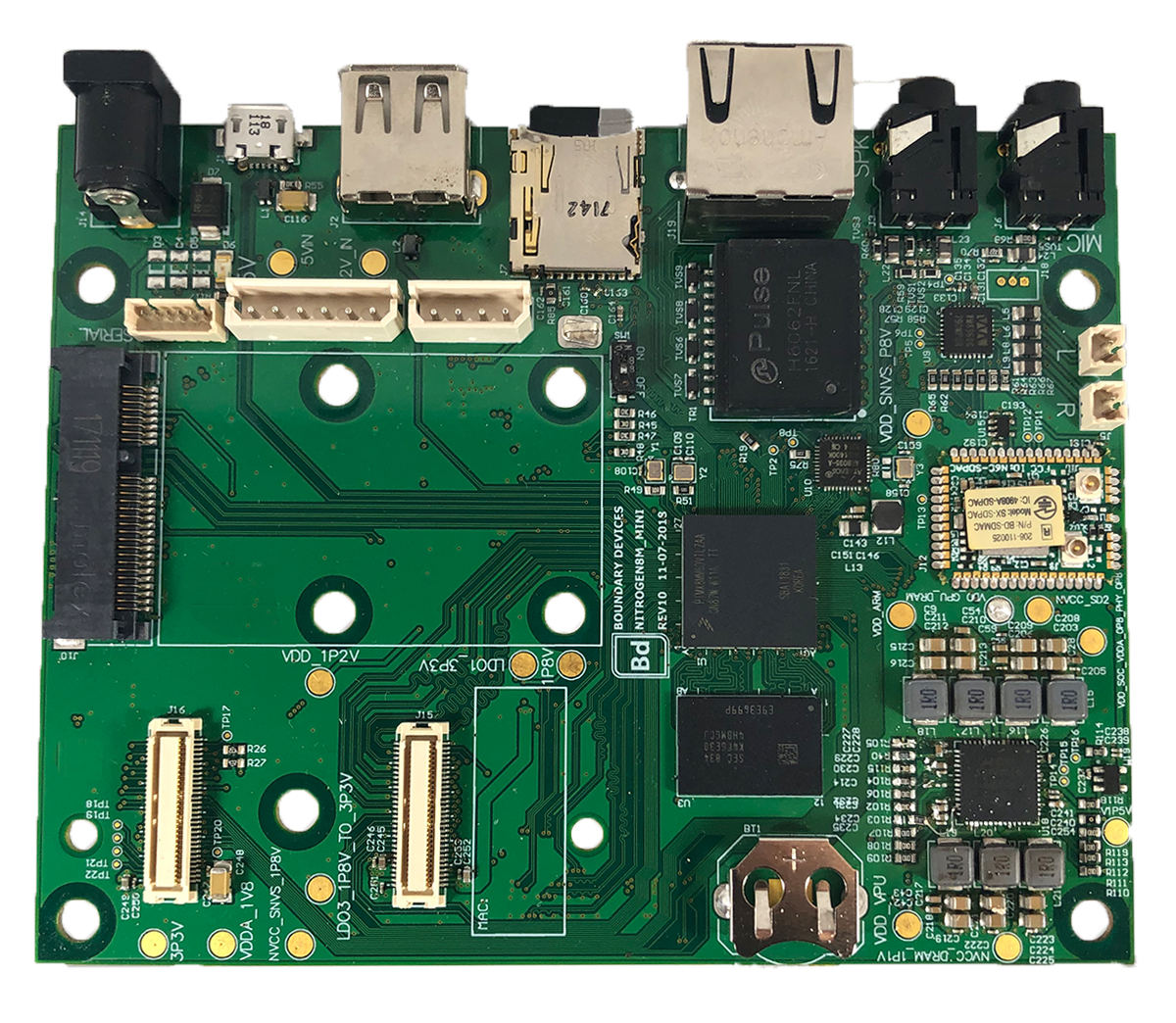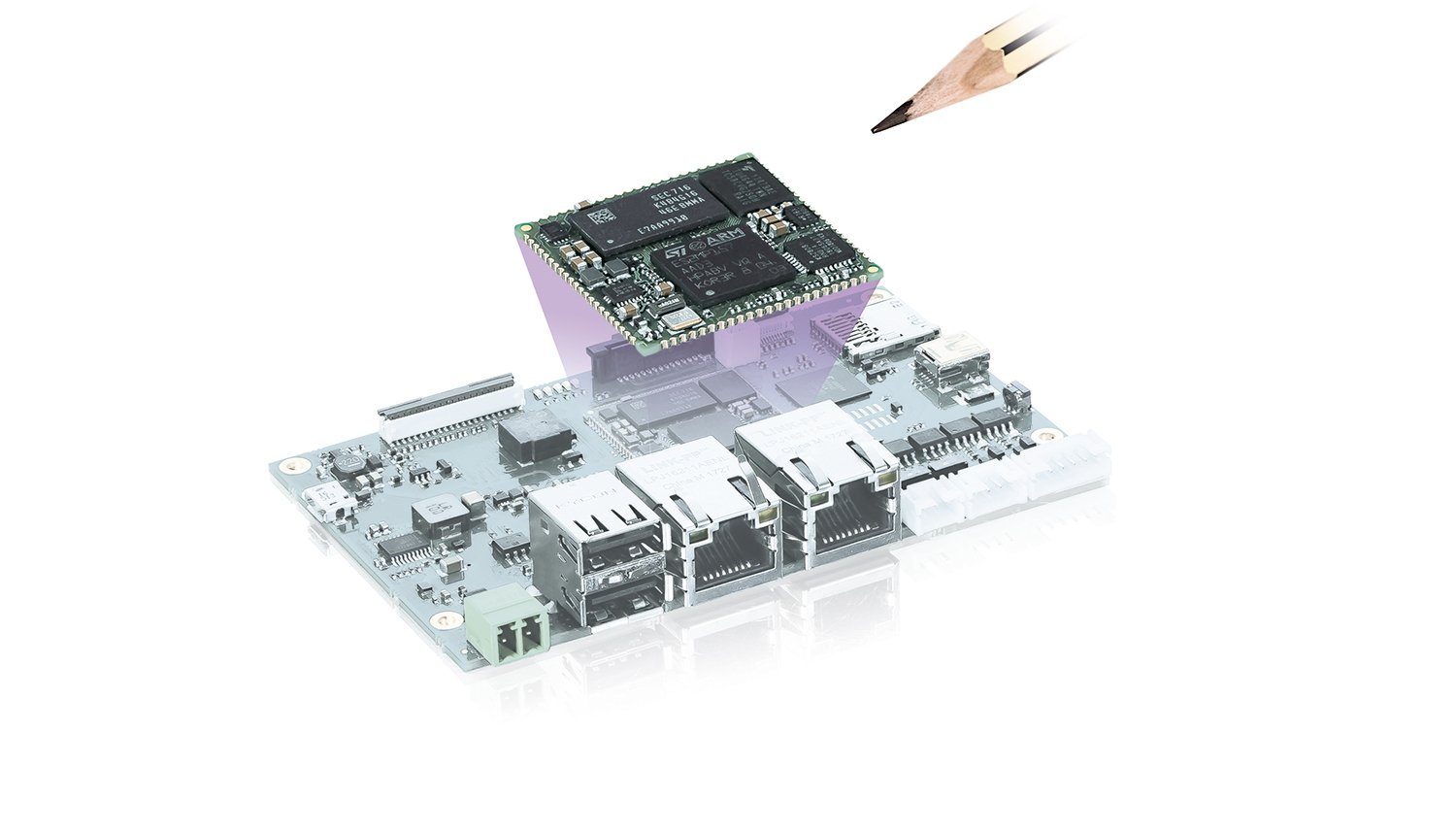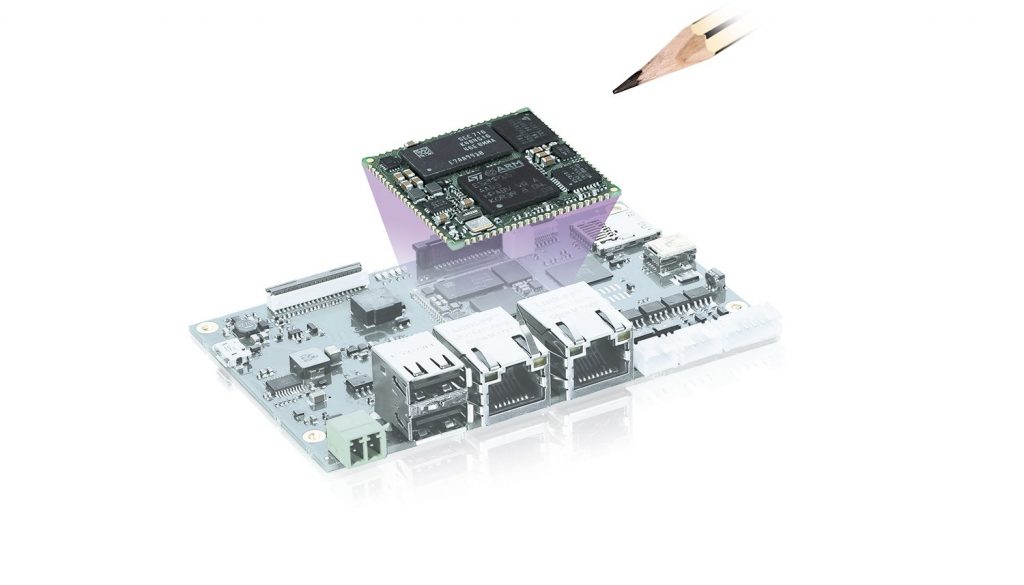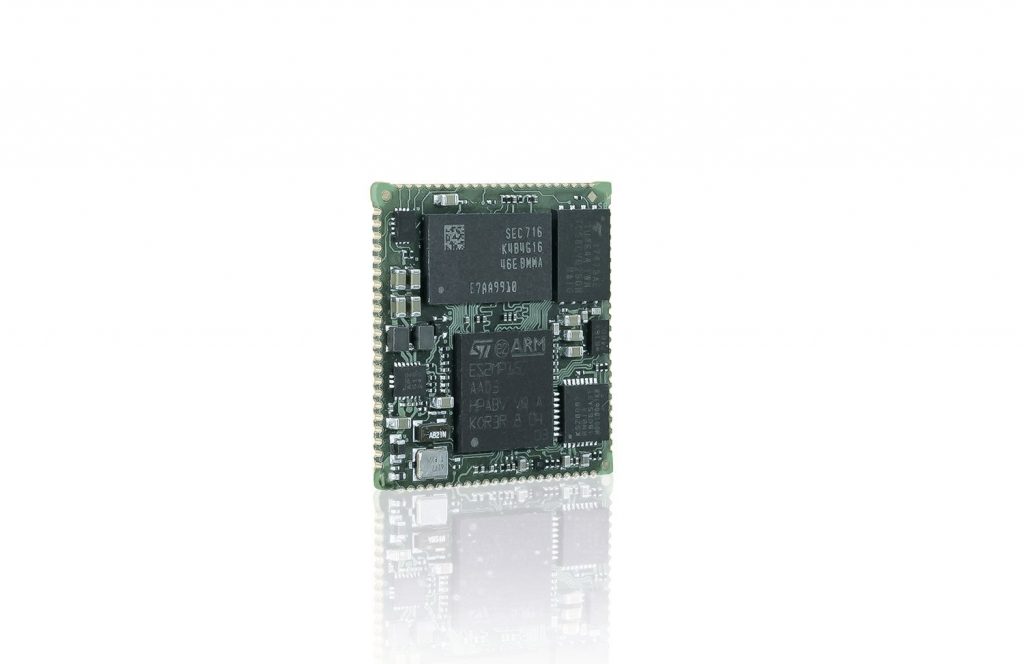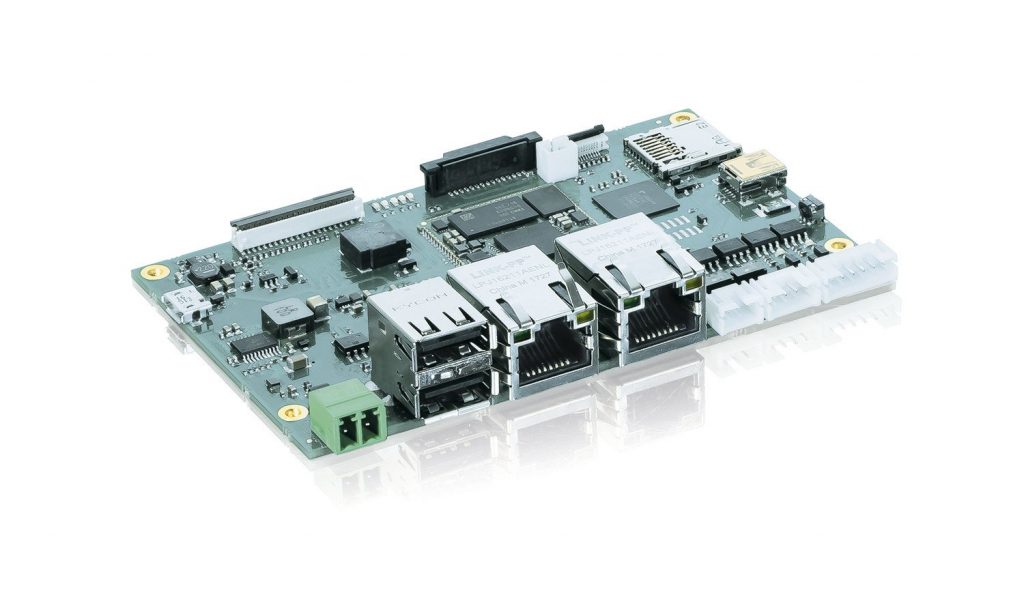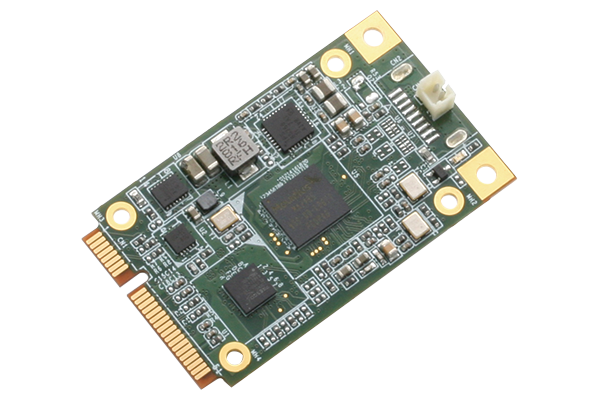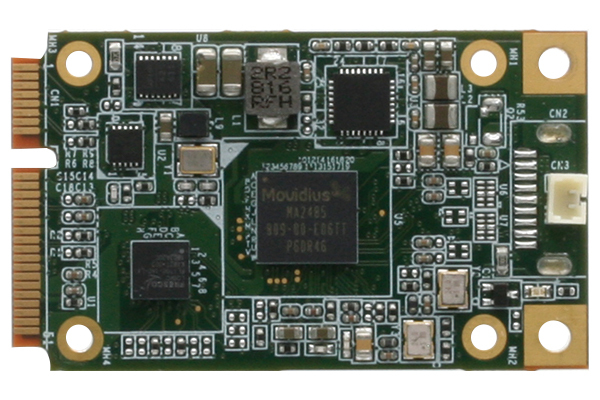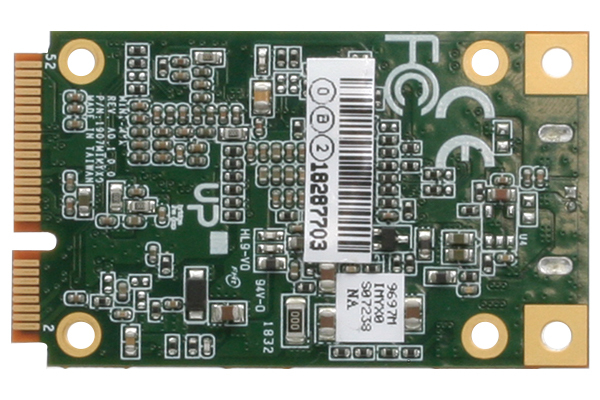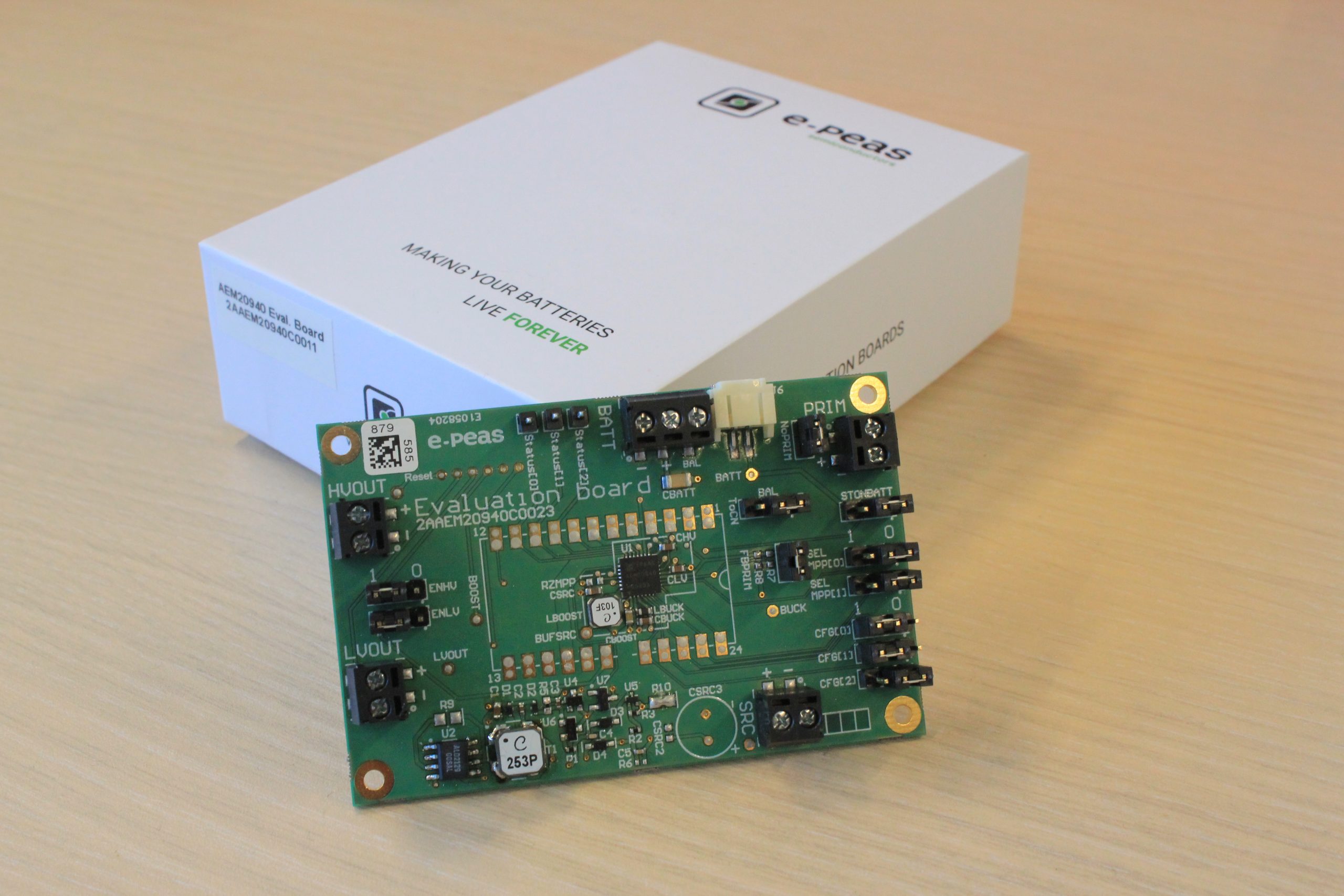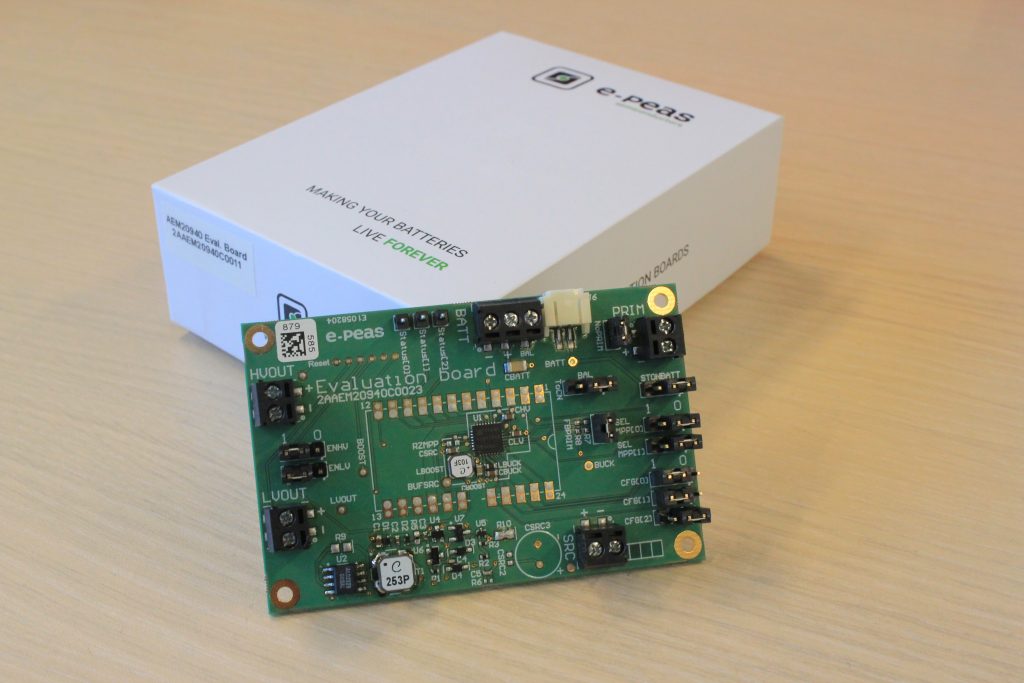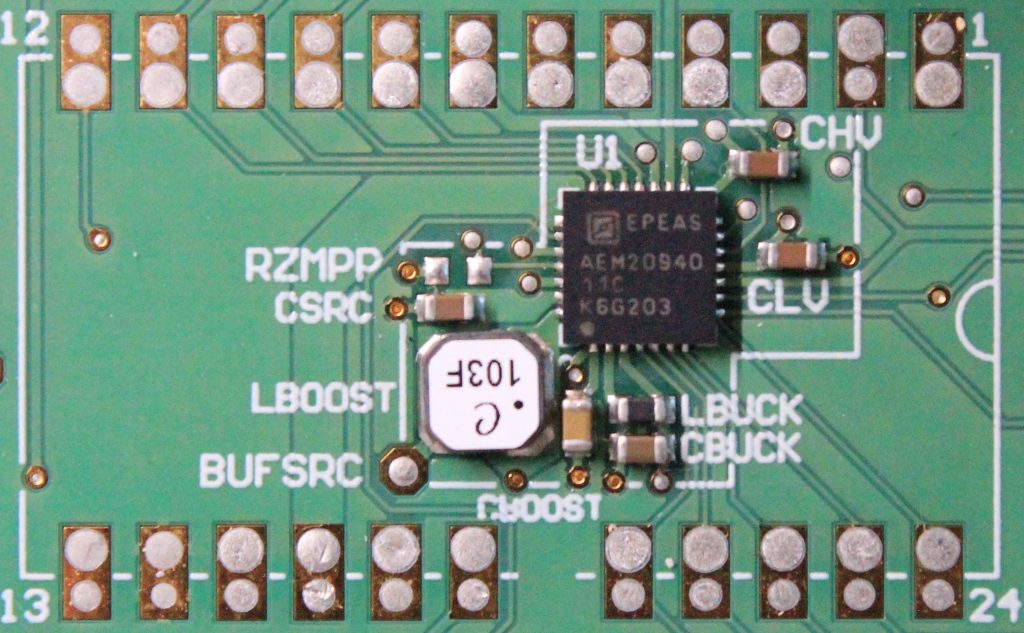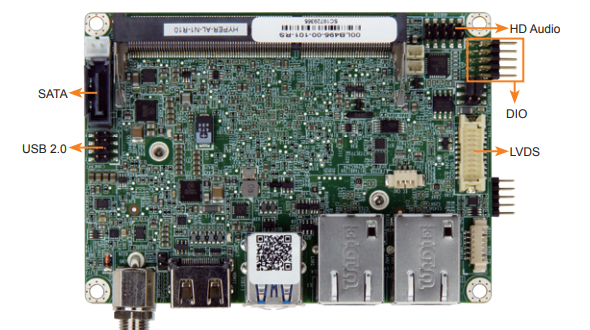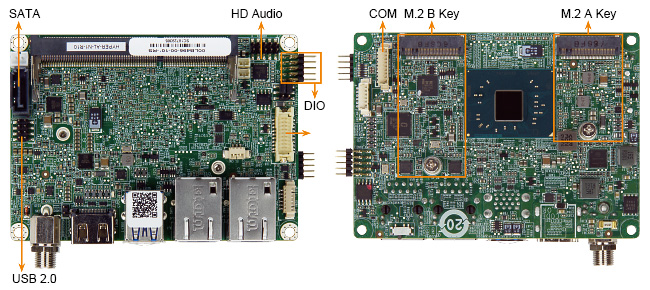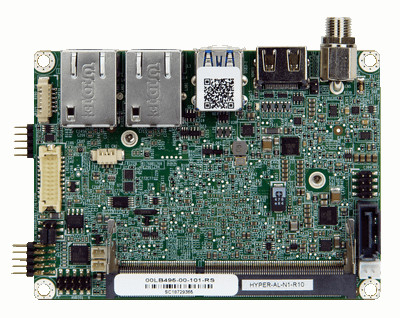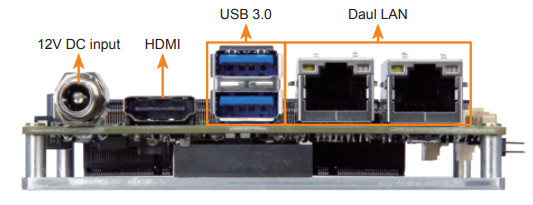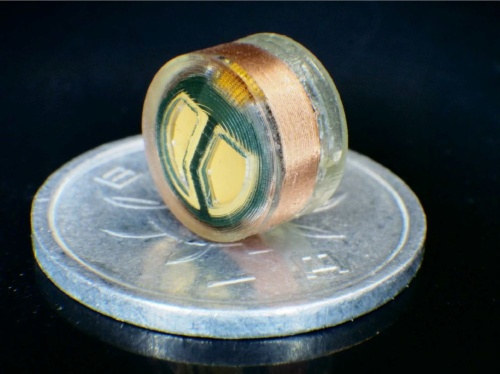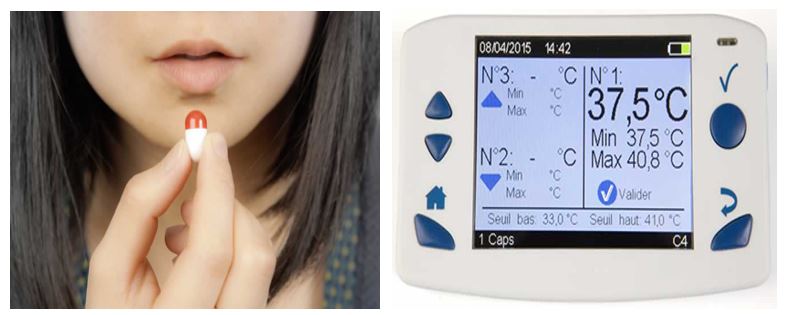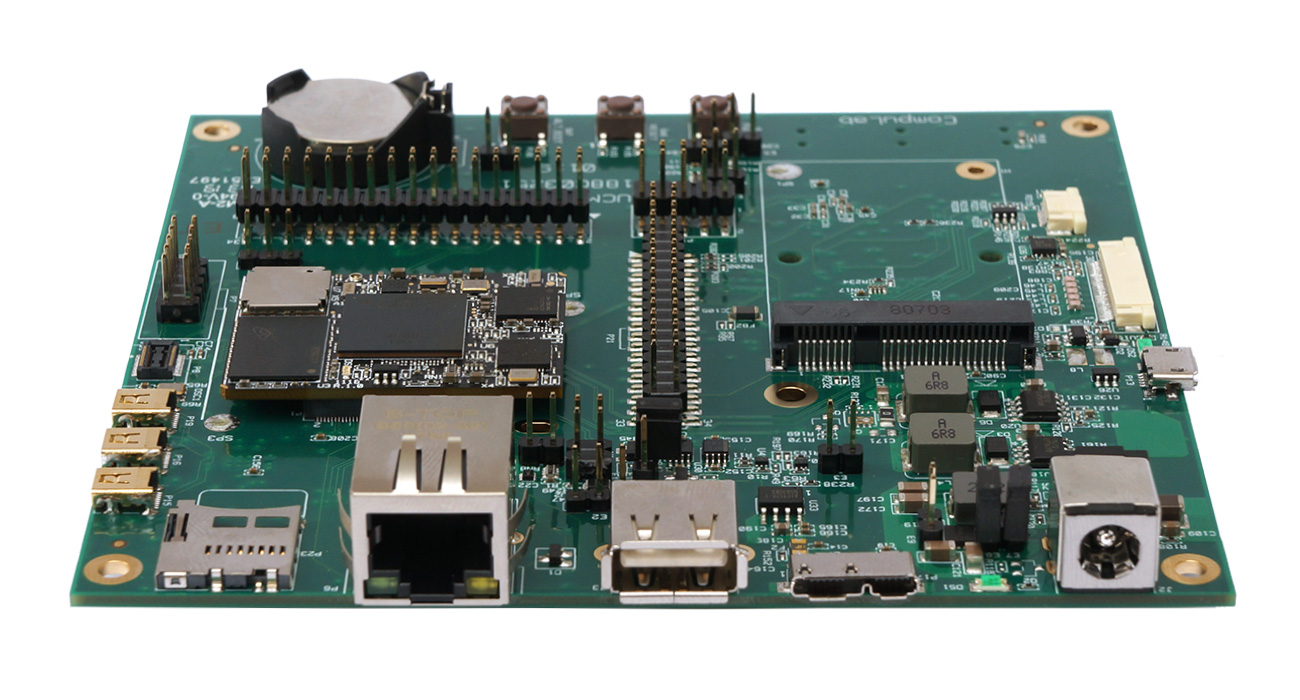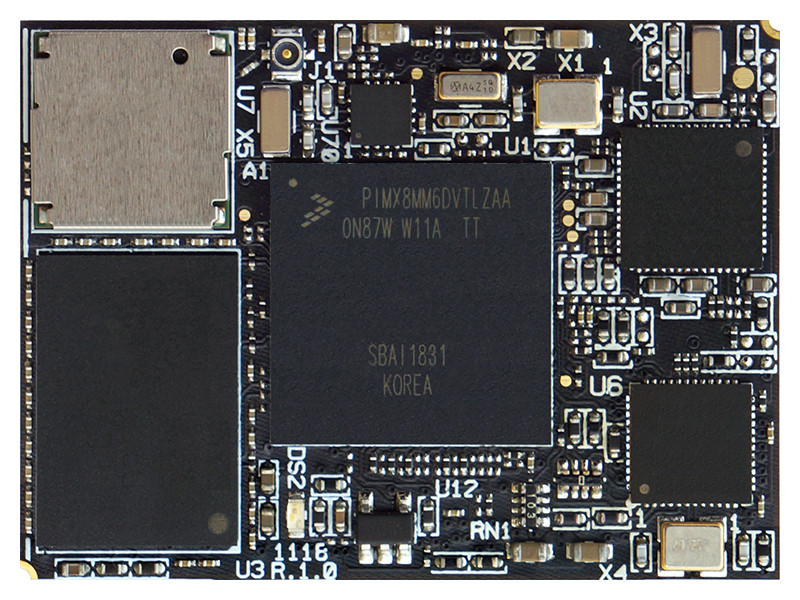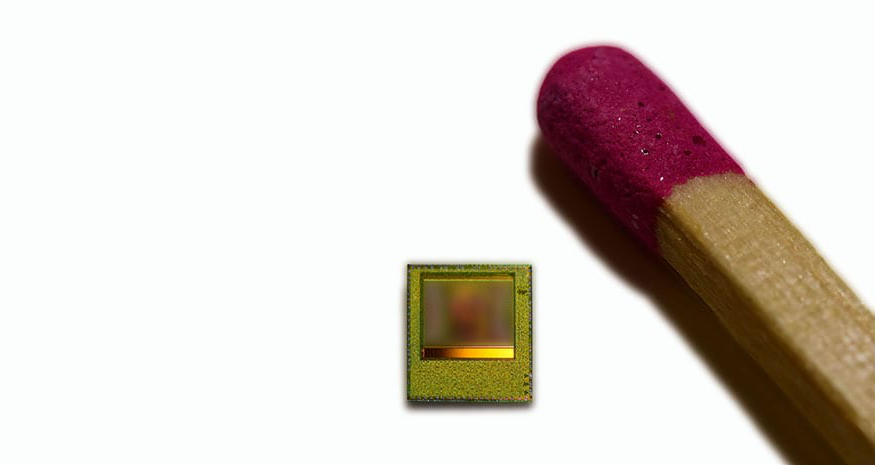The PicoScope 9404-05 is the first of a new class of oscilloscopes that combine the benefits of real-time sampling, equivalent-time sampling and high analog bandwidth.
The PicoScope 9404-05 has four 5 GHz input channels with market-leading ADC, timing and display resolutions for accurately measuring and visualizing high-speed analog and data signals. It is ideal for capturing pulse and step transitions to 70 ps, impulses down to 140 ps and clocks and data eyes to 3 Gb/s. Most high-bandwidth applications involve repetitive signals or clock-related data streams that can be readily analyzed by equivalent-time sampling (ETS). The SXRTO is fast: it quickly builds ETS, persistence displays and statistics with up to 2 million triggered captures per second. The PicoScope 9404-05 has a built-in full-bandwidth trigger on every channel, with pretrigger ETS capture to well above the Nyquist sampling rate. There are three acquisition modes—real time, ETS and roll—all capturing at 12-bit resolution into a shared memory of 250 kS.
Features
- 5 GHz bandwidth, 70 ps transition time
- 1 TS/s (1 ps) equivalent-time sampling
- Four 12-bit 500 MS/s ADCs
- Pulse, eye and mask testing to 70 ps and 3 Gb/s
- Up to 2 million triggered captures per second
- Logical, configurable, touch-compatible Windows user interface
- Comprehensive built-in measurements, zooms, data masks and histograms
The PicoSample 4 software is derived from our existing PicoSample 3 and PicoScope 9000 products, which together represent over ten years of development, customer feedback and optimization.
The high-resolution display can be resized to fit any window, filling 4k and even larger monitors or arrays of monitors. Four independent zoom channels can show you different views of your data down to a resolution of 1 ps. Most of the controls and status panels can be shown or hidden according to your application, allowing you to make optimal use of the display area.
The oscilloscope has a 2.5 GHz direct trigger that can be driven from any input channel, and a built-in prescaler can extend the trigger bandwidth to 5 GHz.
These compact units are small enough to place on your workbench close to the device under test. Now, instead of using remote probe heads attached to a large benchtop unit, all you need is a short, low-loss coaxial cable. Everything else you need is built into the oscilloscope, with no expensive hardware or software add-ons to worry about, and we don’t charge you for new software features and updates.
Typical applications
- Telecom and radar test, service and manufacturing
- Optical fiber, transceiver and laser testing (optical to electrical conversion not included)
- RF, microwave and gigabit digital system measurements
- Signal, eye, pulse and impulse characterization
- Precision timing and phase analysis
- Digital system design and characterization
- Eye diagram, mask and limits test to 3 Gb/s
- Ethernet, HDMI 1, PCI, SATA, USB 2.0
- Semiconductor characterization
- Signal, data and pulse/impulse integrity and pre-compliance testing
High-bandwidth probes
The PicoConnect 900 Series low-impedance, high-bandwidth probes are ideal companions for the PicoScope 9404-05, allowing cost-effective fingertip browsing of fast signals. Two series are available:
- RF, microwave and pulse probes for broadband signals up to 5 GHz (10 Gb/s)
- Gigabit probes for data streams such as USB 2, HDMI 1, Ethernet, PCIe and SATA
Overview Video
Other features
Bandwidth limit filters
A selectable analog bandwidth limiter (100 or 500 MHz) on each input channel can be used to reject high frequencies and associated noise. The narrow setting can be used as an anti-alias filter.
Frequency counter
A dedicated frequency counter shows signal frequency (or period) at all times, regardless of measurement and timebase settings, with a resolution of 1 ppm.


